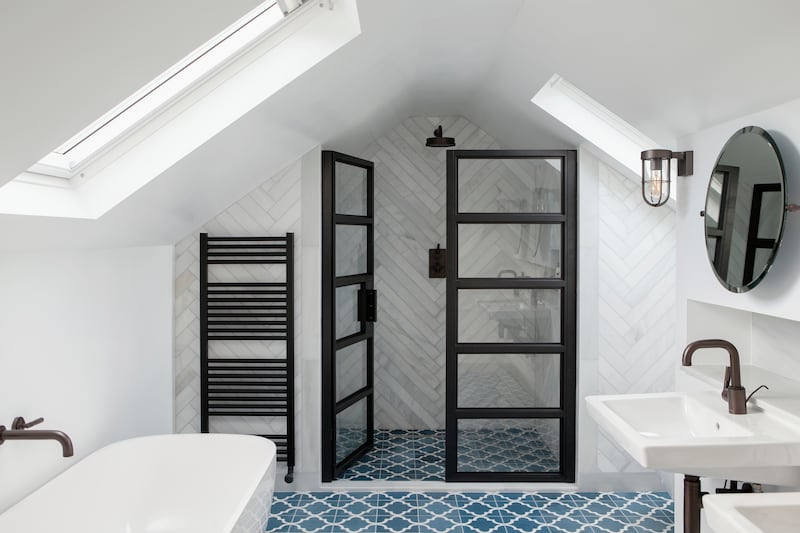Planning a budget for a home renovation or extension can be difficult. There’s a lot to consider. For many people, knowing where to invest and how to make the most of the money available can be challenging. With recent unprecedented price increases, it’s even harder to understand how to plan and what to expect in terms of building costs. Here are seven ways to make savings and get the best value for your money.
1. Do your research
Before you start planning your renovation or extension, it pays to do your research. Building costs can vary considerably depending on the type of work you plan to do. Seek expert advice from an architect or contractor to understand what’s possible. Does the work you are planning qualify for any energy upgrade grants? There are several grants available from the SEAI that can help you save money on your renovation, so it’s worth checking these out. You’ll find all of the information on the SEAI website. This kind of analysis will give you a good idea of the costs involved and what can realistically be achieved within your budget.
2. Plan your budget and timeline
Planning your budget and the timescale for your project will help you stay on track and avoid costly surprises. Popular TV shows would lead you to believe all building projects go over budget, but that doesn’t have to be the case. Proper planning and the right advice make it possible to finish your project on time and within your budget. Invest in getting a detailed cost plan done by a quantity survey in the early stages of the design process, ideally before you go for planning. This relatively small investment will give you a better understanding of costs early on and will reduce the chance of disappointment and surprises at a later stage.

3. Shop around
Don’t buy from the first supplier or showroom you visit. Take the time to shop around and compare prices. You may be surprised at how much you can save just by doing a little bit of legwork. Visit as many showrooms as possible, and compare the different products and prices. With builders, it pays to get at least three quotes to compare prices and services. Make sure you have a clear brief and set out the scope of work for each contractor to ensure you’re comparing like for like.
I feel we’re close now, Meghan, so I can speak freely. The right pitch is crucial in lifestyle hucksterism like yours
As Fergus Finlay and Tom Clonan’s spat escalates, Sarah McInerney relishes the radio gold
No, the Irish who come to Australia are not the ‘worst’
An Irishman in Spain: ‘Salaries are much lower here, but my mental health is far better’
4. Keep structural changes to a minimum
Another way to stop costs from escalating is to keep structural elements in place as much as possible. For example, moving things such as supporting walls or staircases will have cost implications. The same goes for moving water, gas and electricity services in kitchens and bathrooms. By keeping as many existing elements in place without significantly compromising your layout, you’ll be able to save on construction costs.

5. Avoid non-standard windows and doors
It is much more expensive to have custom doors and windows made than to buy standard off-the-shelf items. In fact, you could save as much as 20 per cent by sticking with standard sizes. Non-standard colours will raise the cost of windows as well. Dual colours, where there is one colour outside and another inside, will be more expensive. Reducing the amount of glazing or opening window sections will also help reduce the cost.
6. Don’t purchase when you’re under pressure
Long lead times and delays have become the norm, so it’s important you plan for them. Speak with suppliers about stock availability and order what you need as early as possible. Ideally, you should have everything chosen and ordered before your builder starts on site. By doing all of this work early on, you will know what everything costs and have everything ready when the builder needs it, avoiding having to make on-the-spot decisions. Or worse, hasty and potentially costly purchases that you might regret later.

7. Reuse and recycle
One of the best ways to save money on your renovation is to reuse and recycle materials whenever possible. This can help keep costs down while also being environmentally friendly. Things such as sanitary ware or kitchen appliances are good examples of items that can easily be reused in a renovation project. We have also had great success reusing kitchen cabinets in utility rooms or pantries. If there are items that you would like to reuse, speak to your contractor before the build starts to make them aware of anything that needs to be kept safe. Otherwise, there’s a risk it could end up in the skip.














